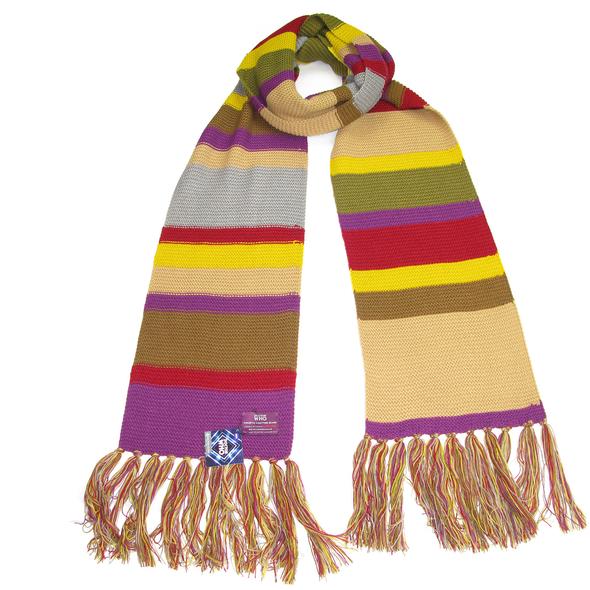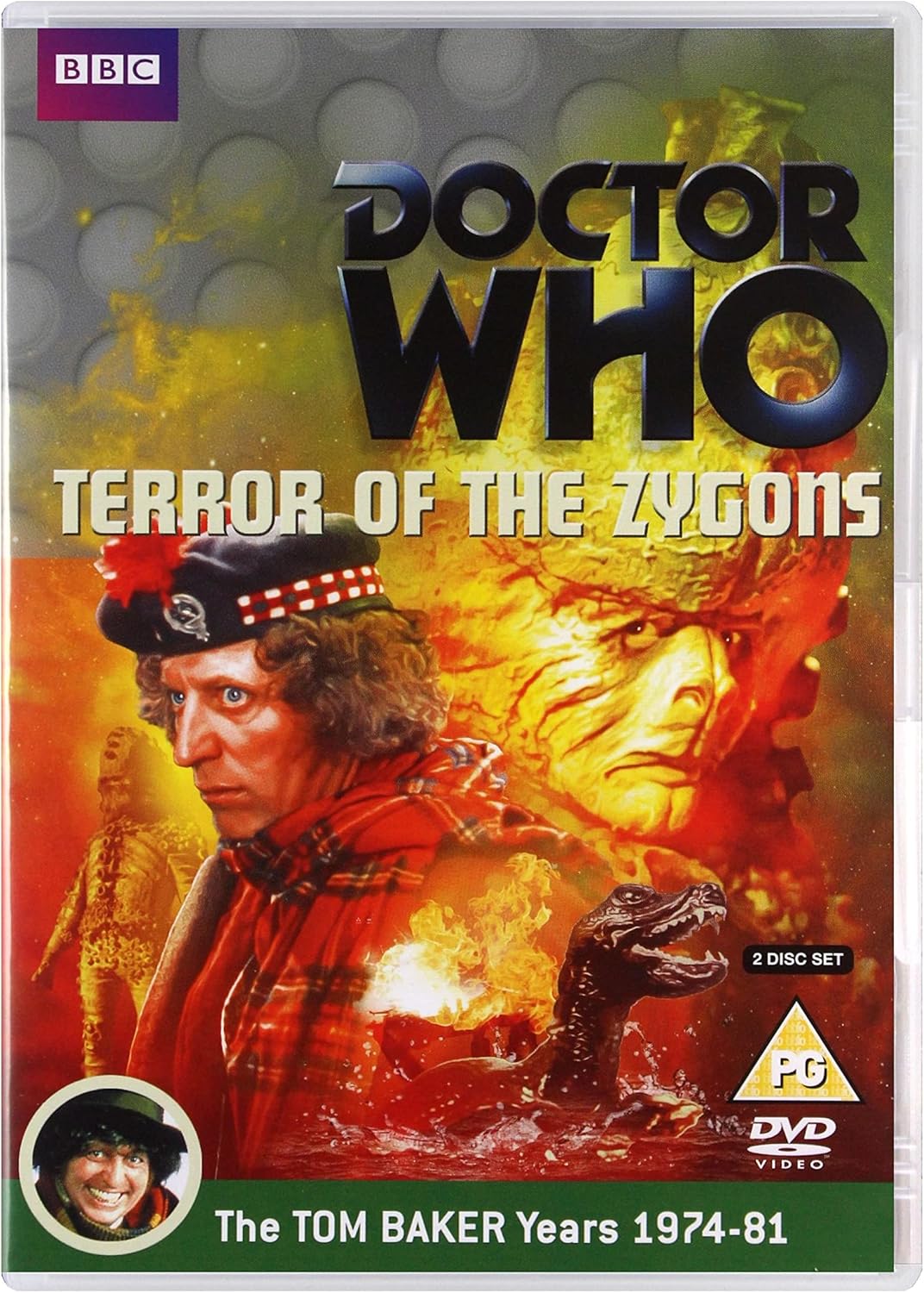The Zygons first appeared in 1976 and yet, surprisingly, didn’t return to the series until the explosive 50th anniversary special in 2013. But who are these obscure, rubbery monsters?

Originally, the Zygons were slated to appear in Tom Baker’s very first season in 1975, but their first adventure (provisionally titled ‘The Loch’ and ‘The Secrets of the Loch’) was pushed back to the following year, as the author Robert Banks Stewart was struggling to complete the scripts.
What emerged was the more dramatically-titled ‘Terror of the Zygons,’ which was chosen to open Doctor Who Season 13. And what a season opener it was. In the adventure, the Doctor, Sarah and Harry answer an emergency telegraph from the Brigadier, who’s investigating a spate of mysterious attacks – attacks which have left a whole chain of oil rigs in tatters. And as you may have guessed from the story’s working titles, ‘Terror of the Zygons’ all takes place in Scotland, although in reality it was shot in West Sussex.

It soon transpires that the rigs have been destroyed by the famous Loch Ness monster, but of course – with this being Doctor Who – this monster is alien in origin: a robot, in fact, and it’s controlled by the suckered, whispering Zygon creatures whose space ship is parked beneath the waters.
But what is it, exactly, the Zygons want? Well, their home planet of Zygor was destroyed in a cataclysmic explosion, and they’ve come to Earth with the aim of terraforming it to suit their physiology. The Loch Ness monster (or Skarasen) is essentially their secret weapon, and after they have finished wreaking havoc on the oil rigs, they intend to use it to attack an energy conference in London, wiping out the key dignitaries in attendance. What can possibly go wrong?

The most important thing to note about the Zygons is that they are shape-shifters. They have perfected the art of cloning, and have the ability to transform themselves into the people they have captured. Spotting a Zygon, therefore, can be a tricky business, although they’re not great at mimicking the personalities of those they’ve cloned. So if one of your friends has suddenly started to behave oddly, the chances are they’re a Zygon.
Of course, the Doctor does manage to defeat them in ‘Terror of the Zygons,’ and in the following years this adventure became highly regarded among Doctor Who fans, championed as one of the highlights of the Philip Hinchcliffe era. And yet, bizarrely, the Zygons never made another appearance during the series’ classic run, and it wasn’t until the 50th anniversary special ‘The Day of the Doctor’ that their services were called upon once more.
In this story, the Zygons have a more complicated plan. There are these things called stasis cubes, which were invented by the Time Lords, and these effectively generate 3D paintings which are derived from slices of real time.
And if this all sounds a little confusing, don’t worry. The main thing to grasp is that these stasis cubes allow the Zygons to travel through time to the year 2013, where they plan to infiltrate UNIT‘s Black Archive and harness the power of all their secret alien technology. They’re stuck in the year 1562 and their mission, as always, is the complete domination of planet Earth, starting with the 16th century. They achieve this through cloning once more, this time taking on the shape of Queen Elizabeth I, with hilarious consequences.
Things do go awry, though, and UNIT’s leader Kate Lethbridge-Stewart activates the countdown for a nuclear warhead in a bid to stop the Zygons’ plan. Fortunately, planet Earth doesn’t go up in smoke, and the humans and Zygons are left to negotiate a peace treaty. The Zygons, it seems, are about to become permanent residents of planet Earth.

This is an unusual ending for a Doctor Who adventure but, predictably, this isn’t the end of the story. The peace treaty quickly breaks down, and by the time we reach 2015’s ‘The Zygon Invasion’ and ‘The Zygon Inversion,’ the planet is on the brink of war. There are two groups of Zygons: those who want peace, and those who are hell bent on gaining independence from the human race, and who have resorted to terrorism. This splinter group is led by a Zygon called Bonnie, who takes on the form of the Doctor’s companion Clara as she wreaks destruction.
The carnage brings the Doctor back to the Black Archive, where Bonnie has captured two devices known as Osgood boxes. The blue box will either unmask every Zygon on the planet, or make them permanently human. The red box will either wipe out all the Zygons, or destroy everyone in London. Nobody knows what the outcome will be, but both Bonnie and Kate are prepared to take the risk.

At this moment, the Doctor launches into his famous anti-war speech, possibly one of the most memorable and defining moments of the Peter Capaldi era. “This is not a game,” he cries, referring to the boxes. This is a scale model of war. Every war ever fought, right there in front of you. Because it’s always the same. When you fire that first shot, no matter how right you feel, you have no idea who’s going to die! You don’t know whose children are going to scream and burn! … How much blood will spill until everybody does what they were always going to have to do from the very beginning: sit down and talk!”
Suffice it to say, there is a twist at the end (there always is) but we won’t spoil it here. At the time of writing, the Zygons are still living on planet Earth, so there is every chance that they could appear in a future Doctor Who adventure. A piece of Zygon graffiti was even used as set dressing for Jodie Whittaker’s first adventure, although it didn’t appear in the final edit.
In the meantime, which is your favourite Zygon story? And would you like them to appear in a future adventure? Let us know in the comments below.









Leave a Reply